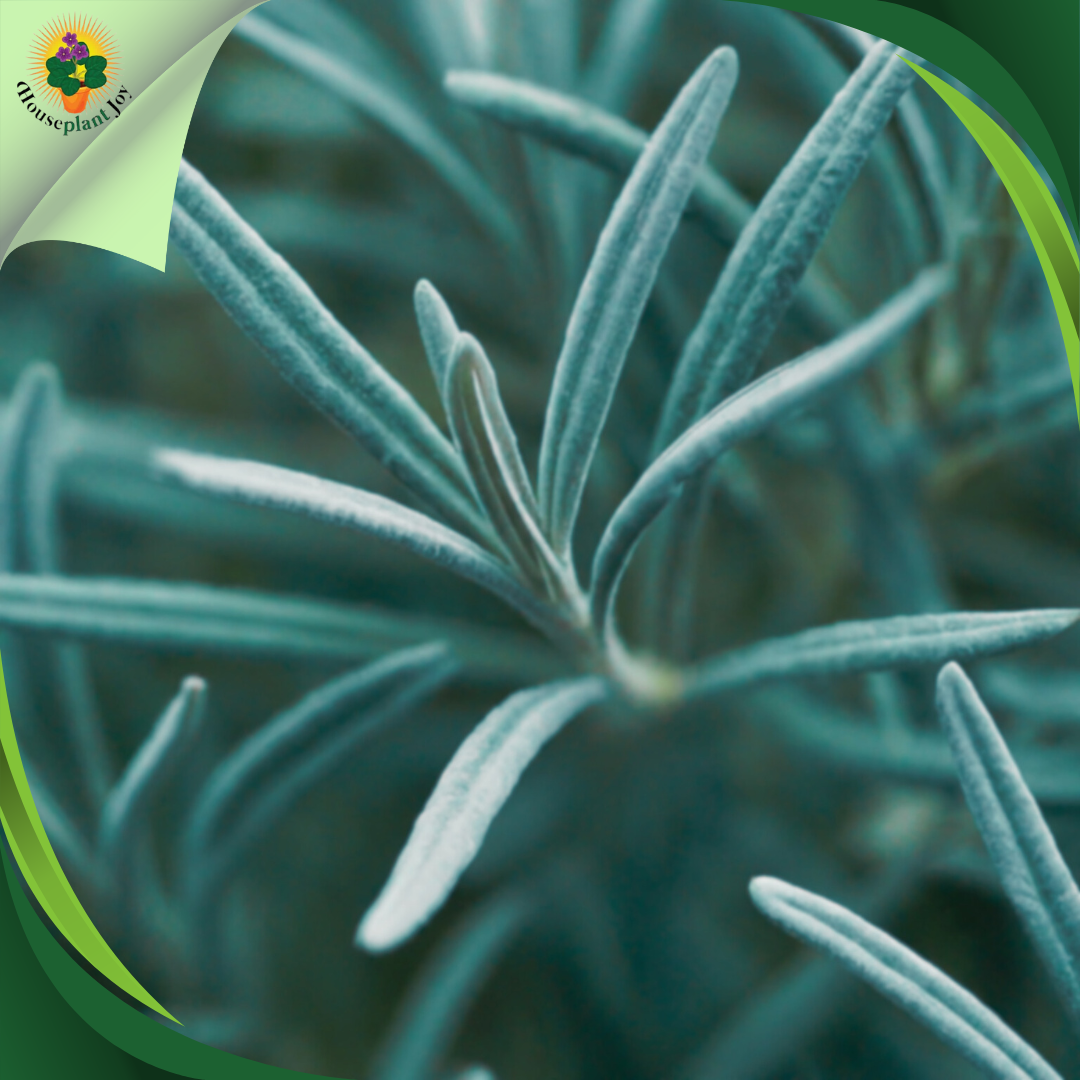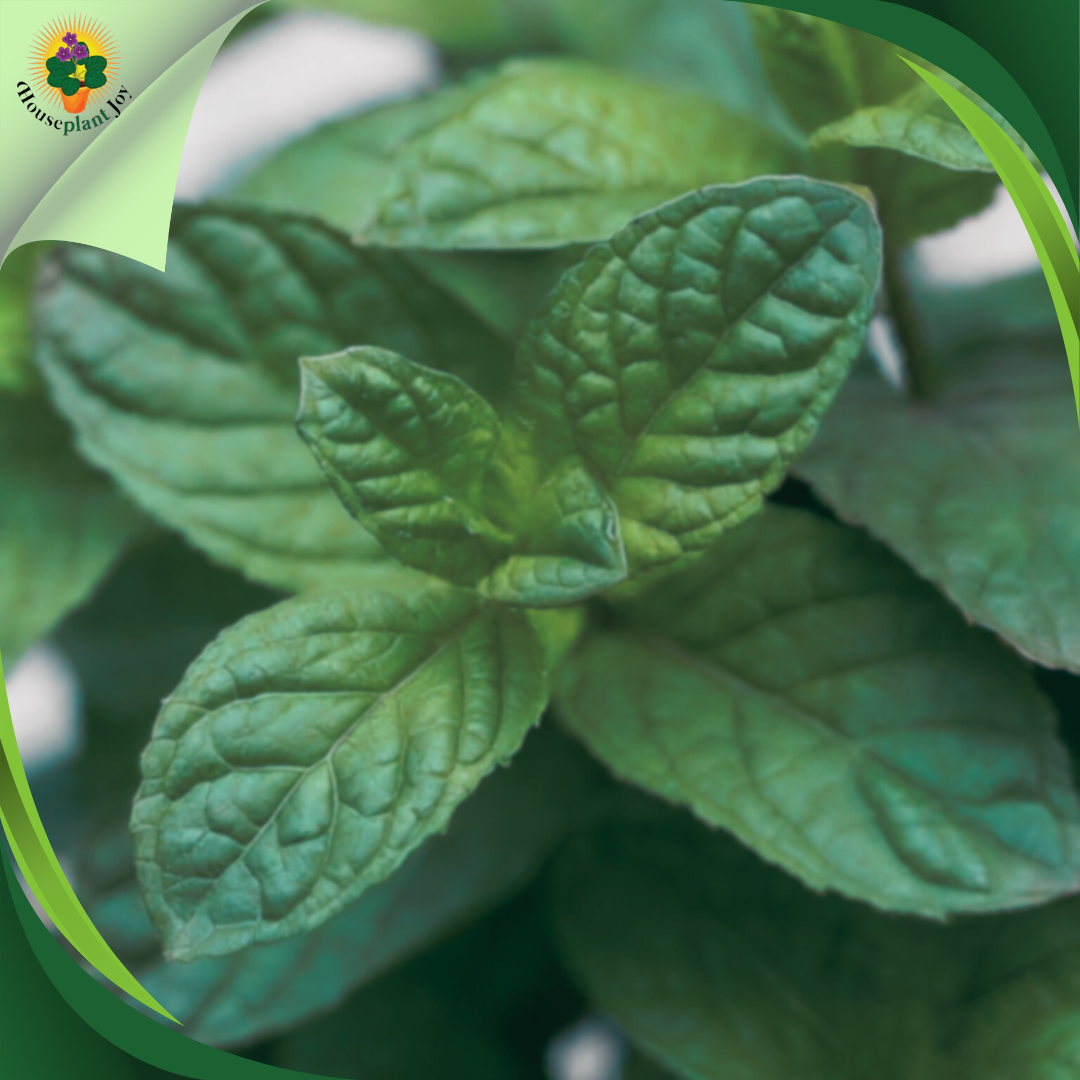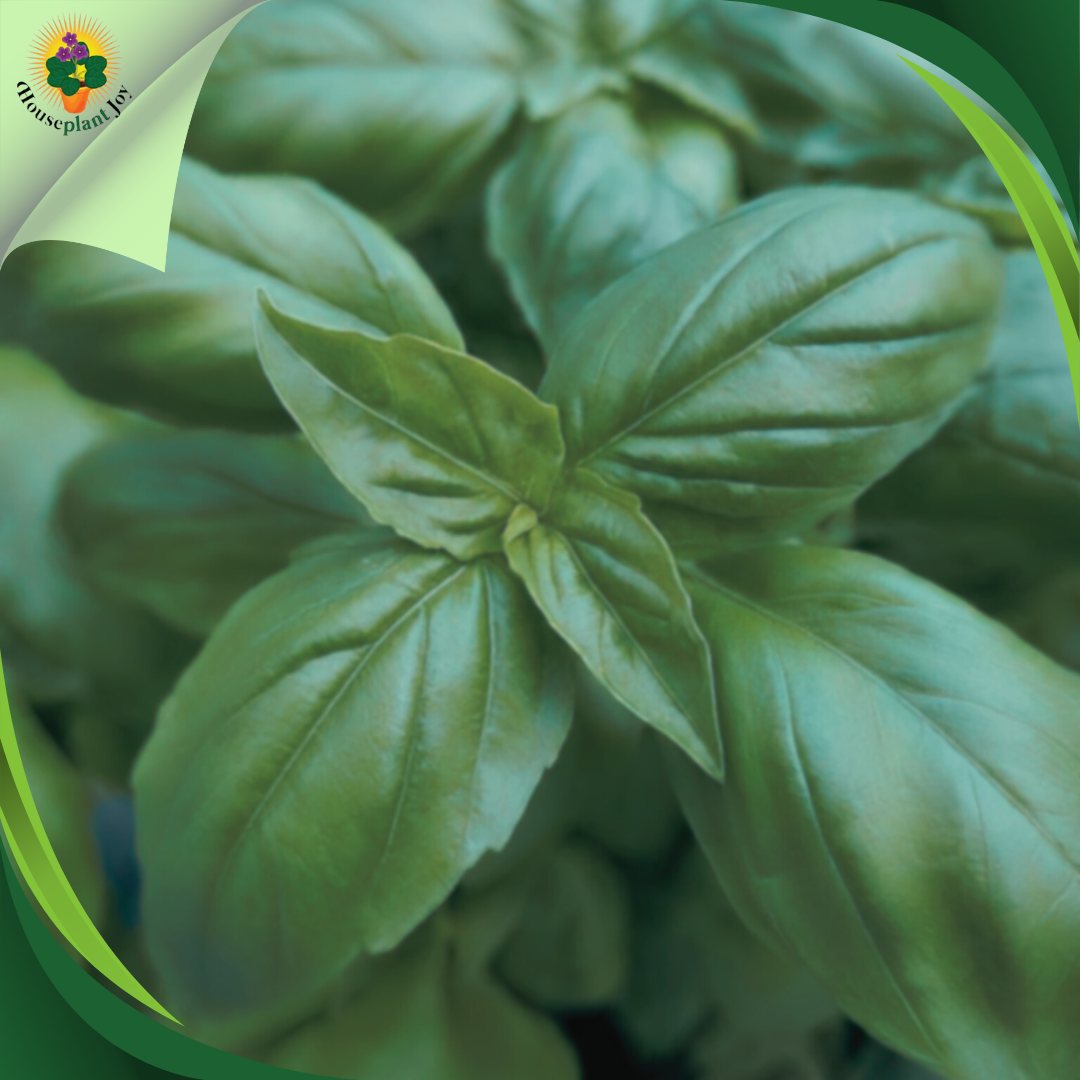HousePlantJoy is supported by our audience. When you purchase through one of our links, we may earn a small affiliate commission. As an Amazon Associate I earn from qualifying purchases. Your cost is not affected.
==================
Imagine having a mini-farm right on your kitchen windowsill! Growing your own herbs indoors offers a multitude of benefits. From fresh flavor in your cooking to improved air quality, an indoor herb garden is a rewarding endeavor. Let’s explore the world of indoor herb gardening together. Ready to start planting? Let’s get growing!
Growing Fragrant Herbs as Houseplants: A Guide to Indoor Herb Gardening
Growing fragrant herbs as houseplants brings the garden inside, filling your home with pleasant scents and fresh flavors. These versatile plants not only look great but also serve practical purposes in cooking and aromatherapy. Indoor herb gardens thrive in sunny spots and require minimal care, making them perfect for both novice and experienced gardeners.
Herbs like basil, mint, and rosemary are popular choices for indoor cultivation. They adapt well to container growing and can flourish on a sunny windowsill or under grow lights. With proper care, these plants will provide a steady supply of fresh herbs for your culinary adventures year-round.
Benefits of Growing Herbs Indoors
Growing herbs indoors offers a multitude of benefits that extend beyond simple gardening. First and foremost, indoor herbs improve air quality by releasing oxygen and absorbing pollutants, creating a healthier living environment. Additionally, the vibrant greenery and aromatic presence of herbs add aesthetic beauty and a refreshing fragrance to your home, making your space more inviting and pleasant.
Enhancing Indoor Air Quality
Herbs can purify the air in your home. They absorb carbon dioxide and release oxygen, improving air quality. Some herbs even filter out harmful toxins.
Common air-purifying herbs:
- Basil
- Rosemary
- Lavender
- Mint
These plants not only clean the air but also add a fresh scent. Regular care of indoor herbs, like watering and pruning, increases humidity. This can help combat dry air, especially in winter months.
Aesthetic Appeal and Fragrance
Herbs bring natural beauty indoors. Their varied colors, textures, and shapes create visual interest. Many herbs have attractive foliage or flowers.
Popular decorative herbs:
- Purple basil
- Variegated sage
- Lemon thyme
Herbs release pleasant aromas when touched or brushed against. This natural fragrance can uplift mood and create a welcoming atmosphere. Place herbs near entryways or in high-traffic areas for maximum effect.
Health and Culinary Advantages
Growing herbs indoors provides easy access to fresh ingredients. This encourages healthier eating habits. Fresh herbs have more flavor and nutrients than dried ones.
Herbs offer various health benefits:
- Peppermint can aid digestion
- Chamomile may reduce stress
- Thyme has antibacterial properties
Indoor herb gardens allow for year-round harvests. This saves money on store-bought herbs. It also ensures a constant supply of fresh flavors for cooking. Snipping herbs as needed keeps plants healthy and productive.
Selecting Fragrant Herbs for Indoor Cultivation
Choosing fragrant herbs for indoor growing can fill your home with delightful scents and provide fresh flavors for cooking. Some herbs thrive better indoors than others. Let’s explore five popular fragrant herbs that are well-suited for indoor cultivation.
Lavender
Lavender is cherished for its calming aroma and stunning purple blooms, making it a delightful addition to any indoor garden. It thrives in containers with the right care, and choosing compact varieties like ‘Munstead’ or ‘Hidcote’ ensures it adapts well to indoor growing conditions.
To cultivate healthy lavender, provide plenty of light by placing it in a south-facing window that receives at least 6 hours of direct sunlight daily. Lavender prefers well-draining soil, so using a mix specifically designed for cacti or adding sand to regular potting soil can prevent waterlogging. Water sparingly, allowing the soil to dry out between waterings, as overwatering can lead to root rot.
Regular pruning helps maintain the lavender’s shape and encourages new growth. For the most intense fragrance, harvest the stems just as the flowers begin to open. These harvested flowers can be dried and used in various ways, such as making aromatic sachets or incorporating them into DIY beauty products like bath salts and lotions.
Following these tips, you can enjoy the beauty and benefits of lavender year-round, enhancing your home’s ambiance and providing a source of natural relaxation.
Rosemary
Rosemary is known for its fragrant, evergreen herb with needle-like leaves and a distinctive pine-like aroma, making it a wonderful addition to any kitchen garden. Not only is it great for cooking, but its aromatic presence can also enhance your indoor environment. For indoor cultivation, varieties such as ‘Arp’ and ‘Madeline Hill’ are particularly well-suited due to their adaptability.
To thrive, rosemary requires bright, direct light. Position your plant in a south-facing window where it can receive at least 6-8 hours of sunlight daily. Rosemary prefers to stay on the dry side, so allow the soil to dry out completely between waterings to prevent root rot.
Additionally, rosemary benefits from increased humidity. Regularly misting the plant can help maintain the humidity levels it needs. Pruning is essential to encourage bushy growth and prevent the plant from becoming leggy. Trim the stems often to promote new growth and maintain a compact shape.
Incorporate fresh rosemary sprigs into your cooking to enhance the flavor of various dishes, from roasted meats to soups and stews. You can also dry the sprigs for later use, ensuring you have this versatile herb available year-round. With proper care, rosemary can be a beautiful and functional addition to your indoor garden.
Basil
A beloved culinary herb, basil is known for its sweet, spicy aroma and versatile use in various dishes. Varieties like ‘Genovese’ and ‘Thai’ basil are particularly well-suited for indoor cultivation. You can start basil from seeds or purchase small plants to get a head start.
For optimal growth, basil requires at least 6 hours of bright light each day. Position your plant in a sunny window, preferably one that faces south. Use rich, well-draining soil to provide the necessary nutrients and prevent waterlogging. Water the plant when the top inch of soil feels dry, ensuring it gets enough moisture without becoming oversaturated.
To encourage lush, leafy growth, pinch off any flower buds as they appear. Regularly harvesting the leaves not only keeps the plant bushy but also provides you with a continuous supply of fresh basil. Use these aromatic leaves in a variety of dishes, such as salads, pesto, and tomato-based recipes, to add a burst of flavor.
Mint Varieties
Versatile and easy-to-grow herb. Mint comes in a variety of flavors. Popular choices include peppermint and spearmint, while chocolate mint offers a unique and delightful scent.
Mint is more tolerant of lower light conditions compared to some other herbs, but it still requires at least 4 hours of bright light daily to thrive. Ensure the soil remains consistently moist, but be careful not to let it become waterlogged, as this can lead to root rot.
Due to its vigorous growth habit and tendency to spread quickly, it’s best to Plant mint in its container to prevent it from overtaking other plants. Regularly pinch back the stems to encourage a bushy and healthy plant.
Fresh mint leaves can be used in a variety of ways. Add them to teas and cocktails for a refreshing flavor, or incorporate them into desserts for a fragrant and aromatic twist. With proper care, mint can be a prolific and rewarding addition to your indoor herb garden.
Lemon Balm
Lemon balm, with its bright, citrusy scent, is a delightful addition to any indoor herb garden. While it belongs to the mint family, it has a more restrained growth habit, making it easier to manage. This herb is excellent for brewing tea and adding a refreshing lemony flavor to various dishes.
Lemon balm thrives in partial shade, requiring 4-5 hours of bright, indirect light each day. Plant it in well-draining soil and water when the top inch of the soil feels dry to the touch, ensuring it remains adequately moist but not soggy.
To keep lemon balm compact and promote healthy growth, trim it regularly. For the best flavor, harvest the leaves just before the plant starts to flower. Fresh lemon balm leaves can be used in salads and teas or as a fragrant garnish for a variety of dishes. With the right care, lemon balm will be an aromatic and flavorful addition to your culinary repertoire.
Choosing the Right Containers
Herb containers need drainage holes to prevent water buildup. Opt for pots that are 6-12 inches deep and wide. This size gives roots room to grow.
Clay pots work well as they allow air and moisture exchange. Plastic containers are lightweight and retain moisture longer. Consider using separate pots for each herb. This allows for customized care based on each plant’s needs.
Soil Selection and Preparation
Use a well-draining potting mix designed for containers. Regular garden soil is too heavy and can lead to soggy roots. Mix in perlite or coarse sand to improve drainage. Aim for a ratio of 2 parts potting soil to 1 part drainage material. Avoid using soil from outdoor gardens. It may contain pests or diseases harmful to indoor plants.
Watering and Drainage Essentials
Water herbs when the top inch of soil feels dry. Most indoor herbs need watering 1-2 times per week. Use room temperature water to avoid shocking the plants. Water is at the base of the plant, not on the leaves.
Ensure proper drainage to prevent root rot. Place a saucer under the pots to catch excess water. Empty saucers after watering. Standing water can lead to fungal growth and pest problems.
Adjust watering based on seasonal changes. Herbs typically need less water in winter when growth slows.
Optimizing Growing Conditions
Growing fragrant herbs indoors requires careful attention to key factors. Light, temperature, humidity, and fertilization greatly impact herb growth and scent production.
Lighting Requirements
Herbs need plenty of light to thrive indoors. Most fragrant herbs require 6-8 hours of direct sunlight daily. A south-facing window often works well. If natural light is limited, use a low-speed fan to improve air circulation around grow lights.
Some options for supplemental lighting include:
- Fluorescent tubes
- LED grow lights
- High-intensity discharge (HID) lamps
Place lights 6-12 inches above plants and adjust as they grow. Rotate pots weekly to ensure even light exposure.
Temperature and Humidity Control
Most herbs prefer daytime temperatures between 65-70°F (18-21°C). Nighttime temperatures can be slightly cooler. Avoid placing herbs near drafty windows or heating vents.
To maintain proper humidity:
- Group plants together
- Use pebble trays filled with water
- Run a small humidifier nearby
Misting leaves can decrease oil content, reducing fragrance. Instead, focus on increasing ambient humidity.
Fertilization Strategies
Fragrant herbs don’t need heavy fertilization. Over-fertilizing can lead to rapid growth but reduced flavor and scent. Use a balanced, water-soluble fertilizer at half-strength every 4-6 weeks during the growing season.
For organic options, try:
- Compost tea
- Fish emulsion
- Seaweed extract
Apply fertilizers to moist soil to prevent root burn. Stop fertilizing in late fall and winter when growth slows. Resume in spring when new growth appears.
Pruning and Harvesting Techniques
Prune herbs regularly to promote bushy growth and prevent legginess. Cut stems just above a leaf node using clean, sharp scissors. For most herbs, harvest up to one-third of the plant at a time. Harvest rosemary when it reaches 6 inches tall. Pinch off the top 2-3 inches of stems to encourage branching.
Basil benefits from frequent trimming. Remove flower buds to keep the plant focused on leaf production. For sage and thyme, cut back woody stems in spring to rejuvenate the plant. This helps maintain a compact shape and encourages new growth.
Pest Management
Check plants often for signs of pests. Common indoor herb pests include aphids, spider mites, and whiteflies. Use a magnifying glass to spot tiny pests. Look under leaves and along stems for insects or webbing.
For minor infestations, remove pests by hand or spray plants with water. Wipe leaves with a damp cloth to remove dust and pests. If needed, use insecticidal soap or neem oil. Apply these products in the evening to avoid leaf burn. Always follow label instructions carefully.
Sticky traps can help catch flying pests like fungus gnats. Place yellow sticky cards near the soil surface to monitor and trap adults.
Disease Prevention
Good air circulation helps prevent fungal diseases. Space plants properly and use fans if needed. Avoid getting leaves wet when watering. Water herbs less frequently to increase oil content and fragrance. Let the top inch of soil dry between waterings.
Use a well-draining potting mix to prevent root rot. Ensure pots have drainage holes. Empty saucers after watering to avoid standing water. Remove any diseased leaves or stems promptly—Disinfect pruning tools between cuts with rubbing alcohol or a diluted bleach solution.
Maintain proper light levels. Most herbs need 6-8 hours of bright light daily. Use grow lights if natural light is insufficient.
Cuttings and Division
Herb propagation through cuttings is easy and effective. To start, pick a healthy stem and cut it at a 45-degree angle. Remove the lower leaves and place the cutting in water or moist soil.
Keep the cutting warm and give it a bright, indirect light. Roots should appear in 1-3 weeks. Once roots are about 2 inches long, plant the cutting in soil. For division, gently separate a large herb plant into smaller sections. Each section should have roots and stems. Replant these divisions in new pots with fresh soil.
Growing from Seed
Starting herbs from seed is cheaper but takes longer than cuttings. Fill small pots with seed-starting mix. Plant 2-3 seeds per pot, about 1/4 inch deep.
Keep the soil moist and warm. Most herb seeds germinate in 7-14 days once seedlings have 2-3 sets of true leaves, thin to one plant per pot. Perennial herbs like rosemary and thyme grow slowly from seed. Annual herbs like basil and cilantro are faster. Give seedlings plenty of light to prevent leggy growth.
Herb Displays and Arrangements
- Create a vertical herb garden using a wall-mounted planter or repurposed pallet. This saves space and makes a striking visual statement.
- Group herbs in colorful pots on a sunny windowsill. Mix and match container sizes and styles for added interest.
- Make a tabletop herb centerpiece using a shallow dish filled with soil. Plant a variety of herbs like basil, thyme, and rosemary for a fragrant focal point.
- Try a hanging herb garden with macramé plant holders. This works well for trailing herbs like oregano or mint.
- Use decorative plant markers or small chalkboards to label your herbs. This adds charm and helps identify different varieties.
Cooking and Beverage Infusions
- Add fresh herb sprigs to ice cube trays before freezing. These flavored cubes enhance water, cocktails, or iced tea.
- Make herb-infused oils by steeping fresh herbs in olive oil. Use these in salad dressings or for cooking.
- Create custom herb blends for seasoning. Mix dried herbs like basil, oregano, and thyme for an Italian blend.
- Infuse simple syrup with herbs like mint or lavender. Use it in cocktails or to sweeten iced tea.
- Garnish dishes with fresh herb leaves or flowers. This adds flavor and visual appeal to meals.
- Try herb-infused butter by mixing softened butter with finely chopped herbs. Great on bread or melted over vegetables.
Homemade Aromatherapy and Herbal Products
- Make herb-scented sachets using dried lavender, rosemary, or mint—place in drawers or closets for natural fragrance.
- Create herb-infused bath salts by mixing Epsom salt with dried herbs and essential oils. This makes a relaxing, aromatic soak.
- Try making herb-infused vinegar for cleaning. White vinegar steeped with herbs like lemon balm or thyme creates a natural, fresh-scented cleaner.
- Make herb-scented candles by adding dried herbs to melted soy wax. Pour into jars for homemade gifts.
- Create a calming room spray by steeping herbs in water, then straining and adding to a spray bottle with a few drops of essential oil.
Fun Facts
Did you know that herbs are not only flavorful but also serve as natural air fresheners? Enjoy the delightful aromas of your favorite herbs while they purify the air in your home. Beyond their scents, herbs can also act as stress relievers. Tending to your herb garden is a therapeutic and relaxing activity, offering a soothing escape from the hustle and bustle of everyday life.
Growing Fragrant Herbs As Houseplants: A Fresh Perspective
Growing fragrant herbs as houseplants is a rewarding and enjoyable endeavor. Not only do these plants add delightful scents to your home, but they also offer fresh ingredients for cooking and natural air purification. Plus, taking care of them can be a calming and stress-relieving activity. Whether you’re a seasoned gardener or just starting out, adding a few herb plants to your indoor space is a simple way to enhance your environment and well-being. So go ahead, pick your favorite herbs, and enjoy the many benefits they bring to your home!














